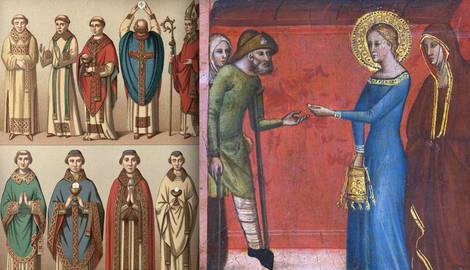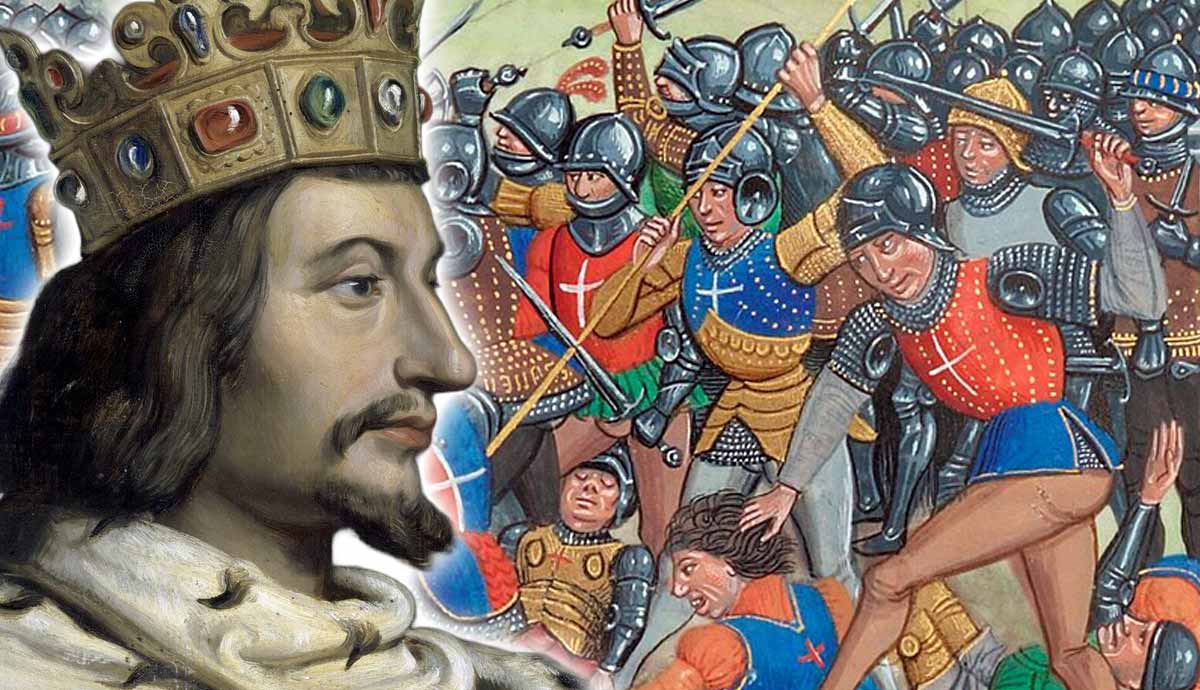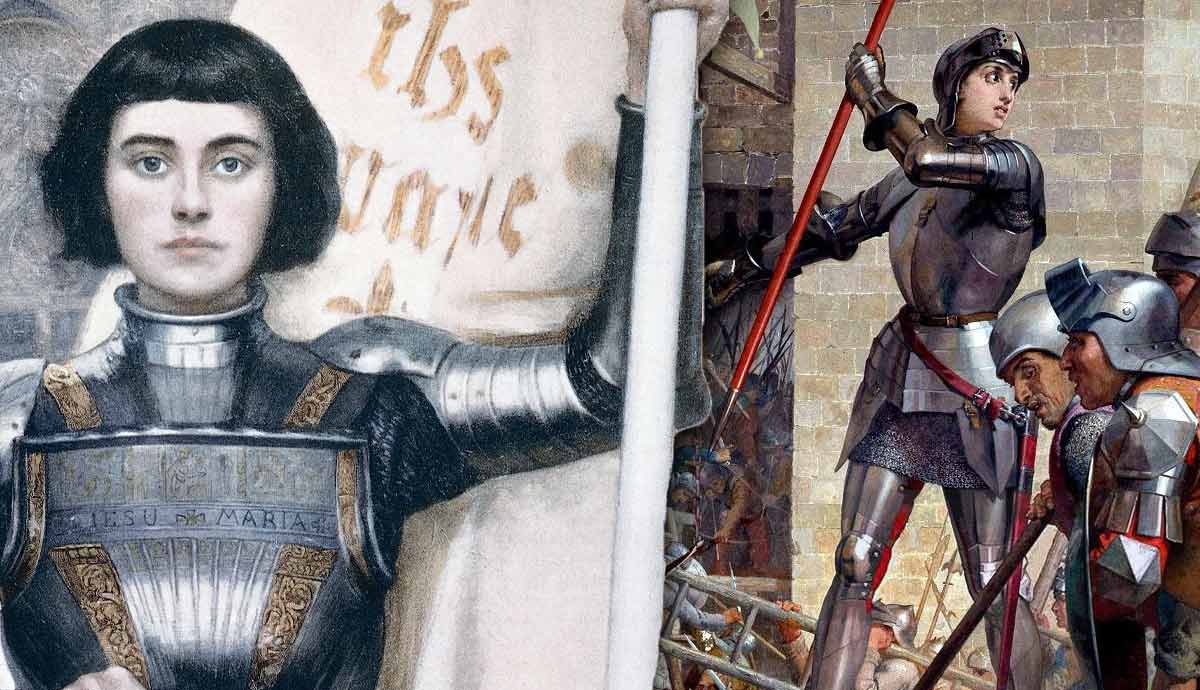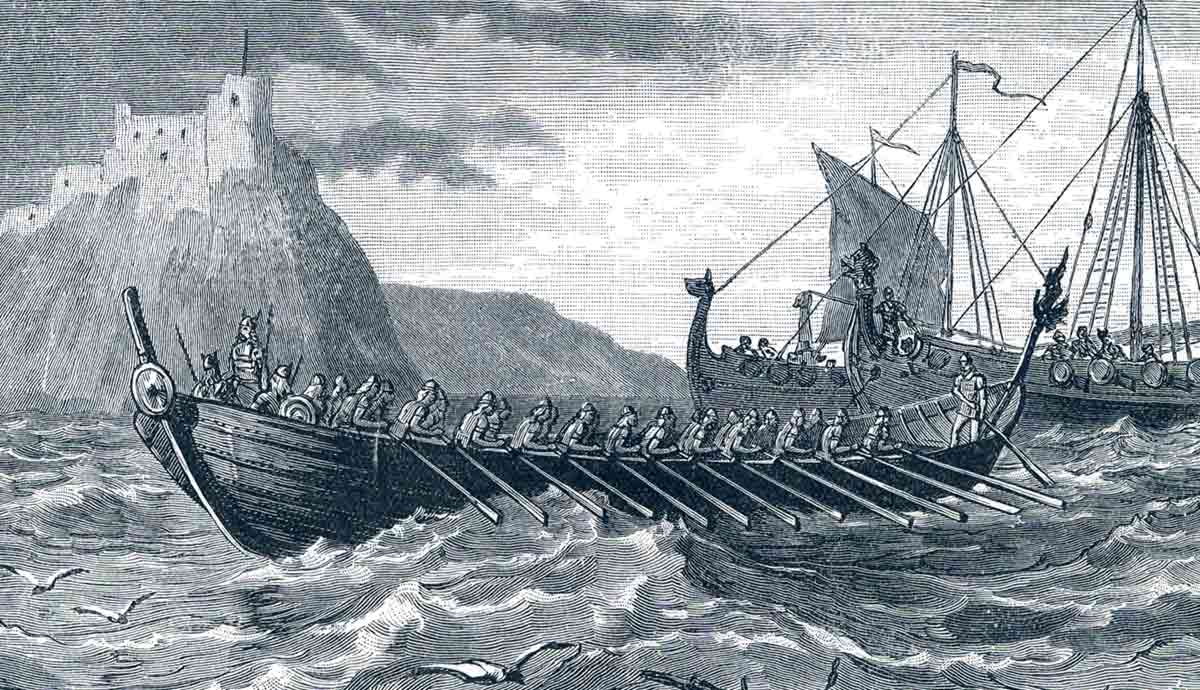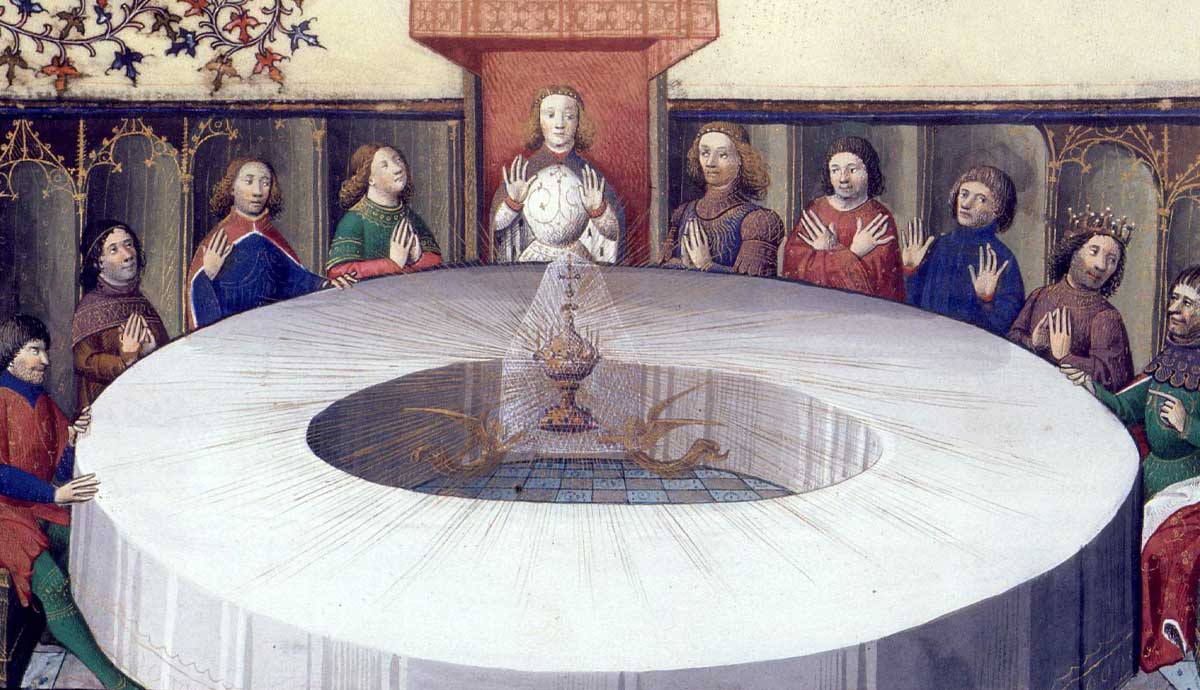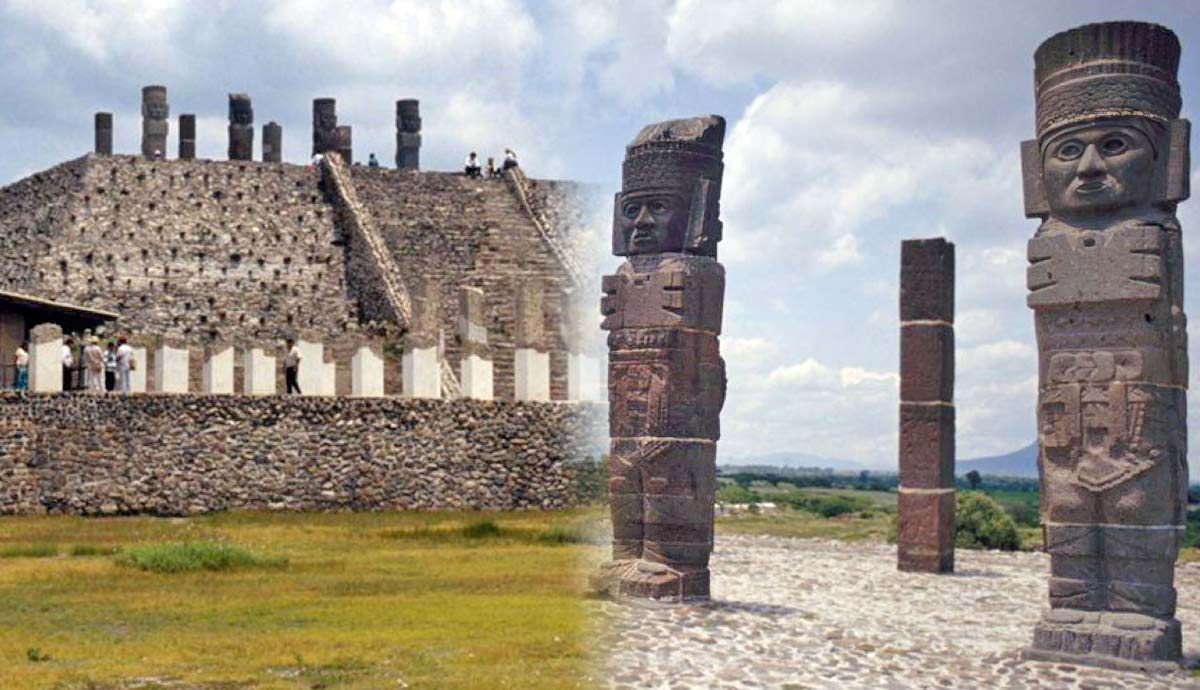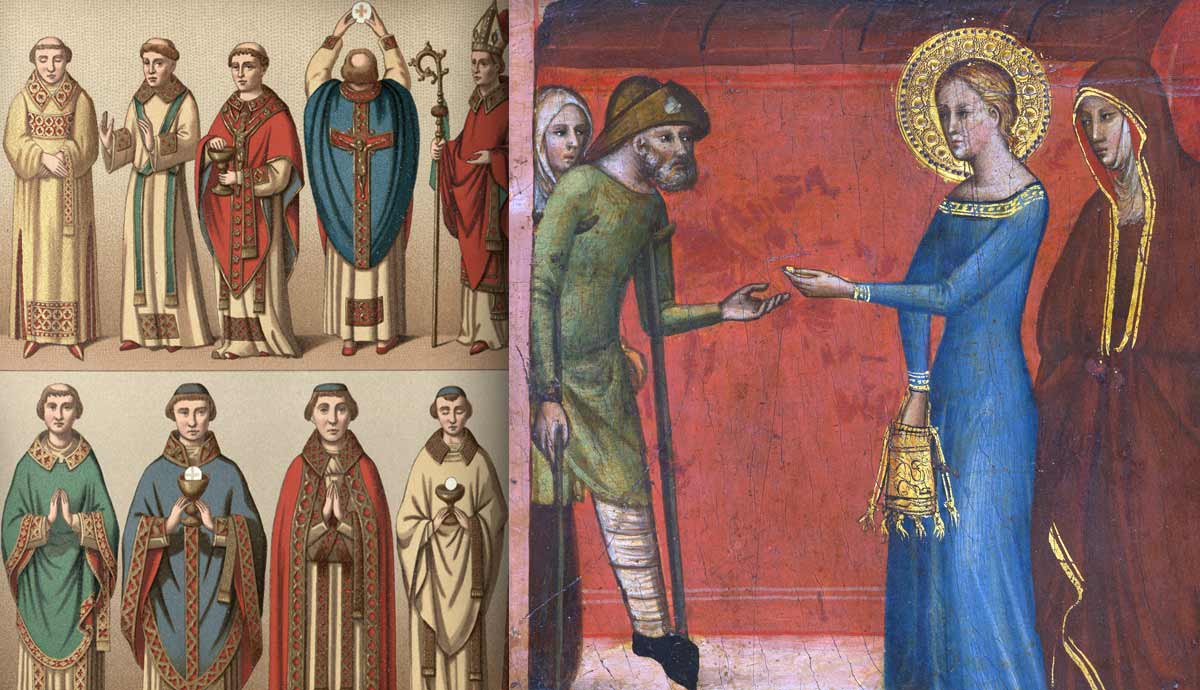
To say that religion shaped everyday life in the Middle Ages would be an understatement. In fact, it was so important that not going to church once a week was simply not an option. There were multiple church services throughout the day, let alone the week, and Medieval religion provided answers where science and facts could not. Was it a bad harvest due to the climate or God’s wrath at the sinners, who needed to repent? Was England going to war to do God’s work for Him? Read on to discover just how important religion was to shaping everyday life in the Middle Ages.
The Impact of Religion on Medieval Social Structures
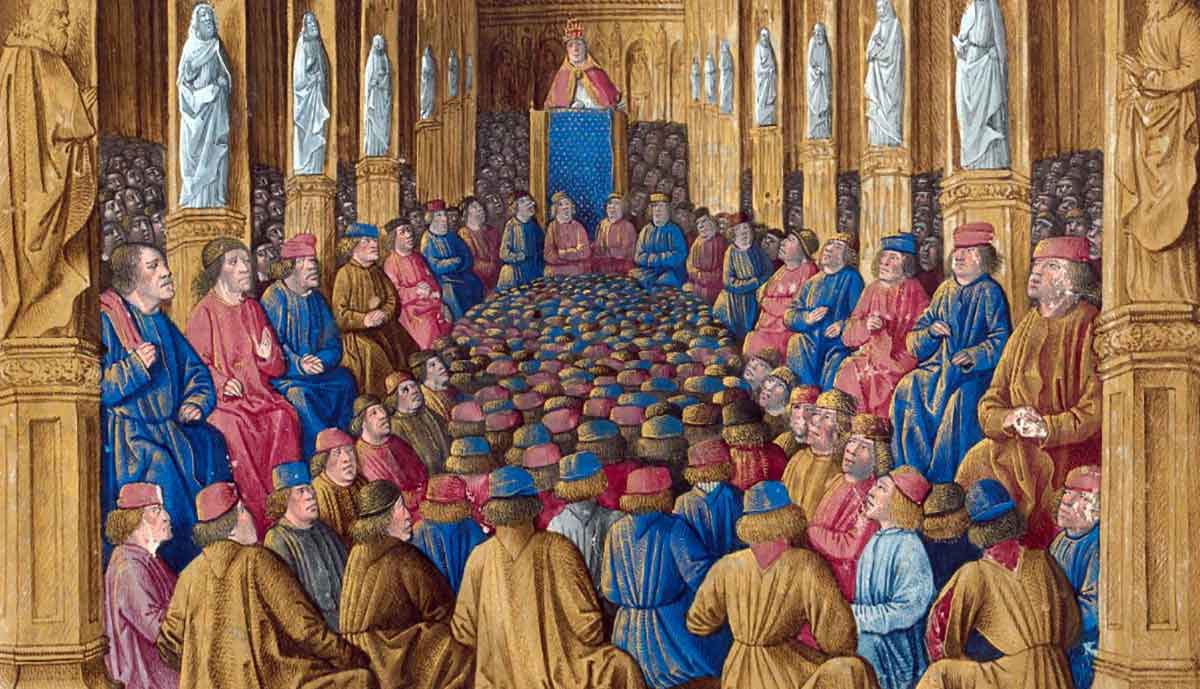
In medieval Europe, the most powerful organization was by far and away the Church.
In Western Europe, the Church in question, up until the Reformation movement, was the Catholic Church, and the Pope was God’s representative on Earth. What the Pope said, the Church followed through with, as he was God’s representative.
The Middle Ages saw some of the most powerful Popes in history emerge, from Urban II, who called for the First Crusade, to Innocent III, who expelled monarchs left, right, and center, and became one of the most famous and powerful men of the Middle Ages.
However, it was not just the election of the Pope that handed power to the Papal States and beyond—it was the word of the Church which decided how people were to act lawfully. Even bad harvests could be blamed on God’s wrath at a lazy populace, for instance, or, in the case of the English famine of 1315-17, the Church claimed that God was angry at King Edward II’s alleged homosexuality, and the fact that England had lost key battles against the Scots.
The Church dictated life and medieval social structures at a very precise level during the Middle Ages. There were certain times of day to pray, to eat, and more, and this applied even to those outside of religious organizations such as monasteries.
The social structure side of things was also hugely important in the medieval world: kings, powerful lords, knights, clergymen, landowners, peasants. The members of the clergy stood fairly high in medieval standards, so aspiring to become a clergyman—or a man of the Church—was seen as a very positive career choice.
Religion and Charity in the Middle Ages
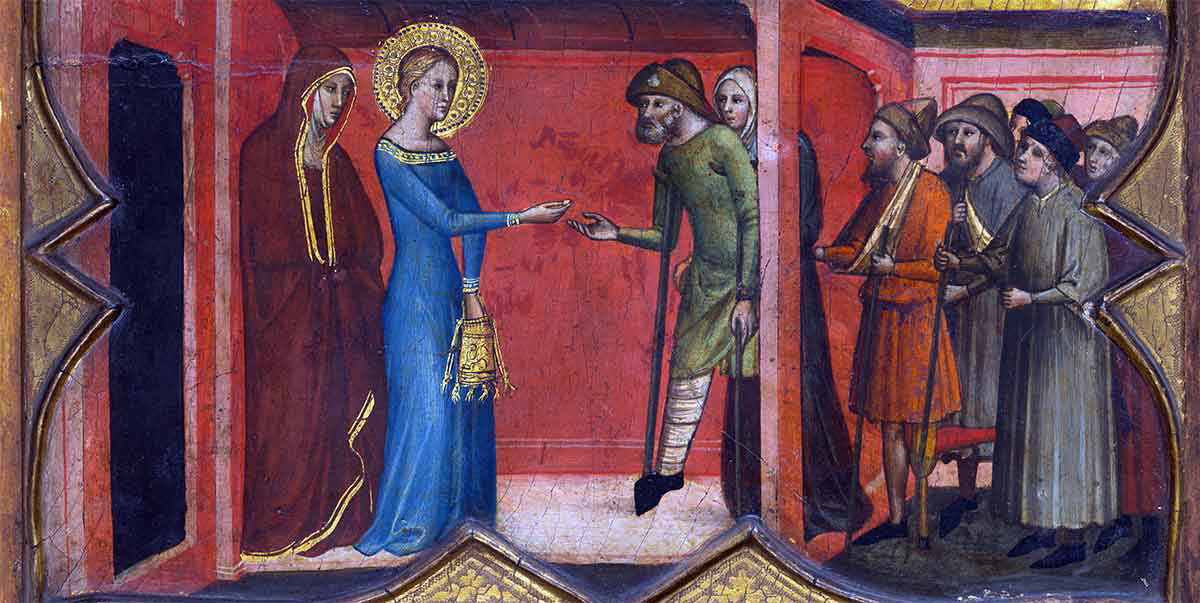
The Church, and religion in general, has always gone hand-in-hand with charity and welfare, and in the Middle Ages, this was no different.
The Church was to give alms (or charity) to those less fortunate, and because it was the most powerful organization on the continent in medieval Europe, it was also the richest.
Charity started at home, or in most cases, in the Church itself. As such, despite the majority of the population being classed as peasants, many did not receive the adequate welfare that they could have received.
However, this is not to dismiss the huge efforts that the Church did partake in when it came to charity in the Middle Ages. While “poorhouses” were more of a Victorian institution, the answer to poverty in the Middle Ages was based around hospitals.
One of the best examples of this was the Knights Hospitaller, founded in the Kingdom of Jerusalem in the 12th century, before moving to Cyprus, Rhodes, and Malta later in the Middle Ages.
The Knights Hospitaller was founded as part of the Cluniac Movement, a series of moves by the Church to go back to their roots of looking after the poor and providing charity to those who needed it. This was a hugely popular organization, and it is still looked back upon fondly to this day.
Religious Education in Medieval Europe
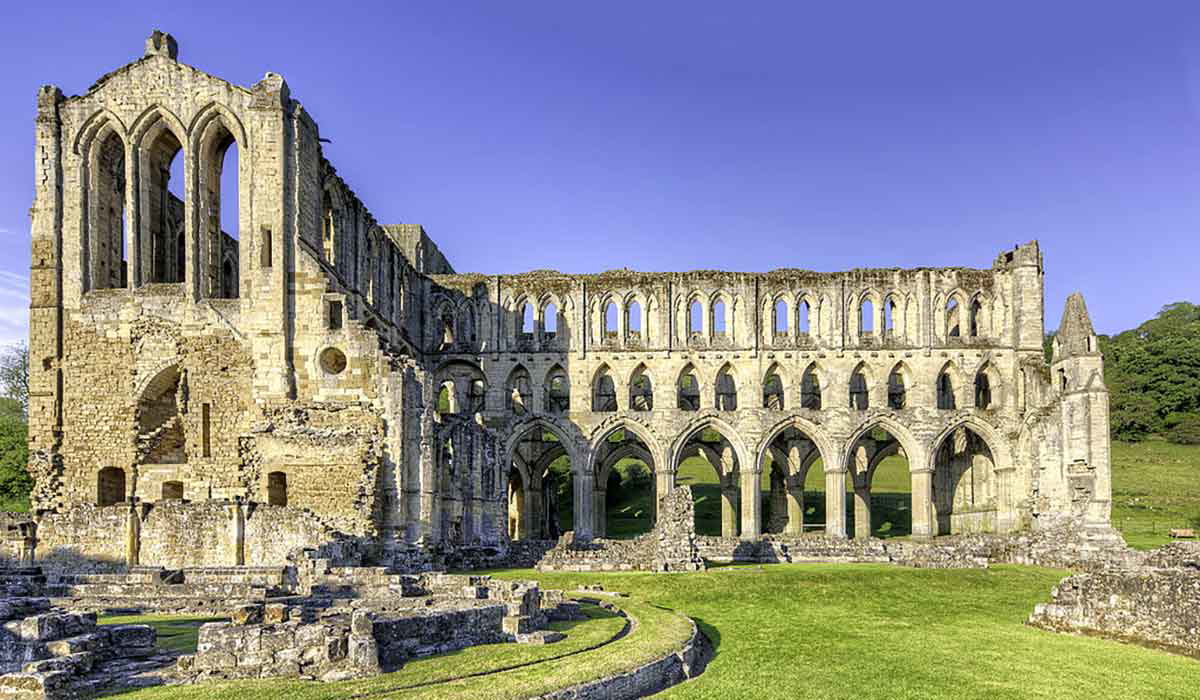
For those who were fortunate enough to receive an education in the Middle Ages, the primary theme was not geography, mathematics, or foreign languages as we might expect in modern-day schools, but rather, religion.
The same applied even to members of European royal families, such as would-be princes and kings, who received a strong Biblical education so that they could learn their morals and religious teachings from the Bible.
Other lessons were taught alongside religion, but religion was the main focus. In organizations such as monasteries, reading and writing were taught. Monks often made copies of religious texts or the Bible, as they were educated enough to do so.
Even for those who could not afford to receive a formal education, such as peasants or serfs, they would still learn about religion through the everyday activities of their trades or through the Church.
Carpentry was Jesus’s profession, and stories about Jesus would be told to carpenters, for example. Knowing about Jesus’s stories and miracles was a key part of everyday life and a form of education.
Spiritual Guidance Through Organized Religion in the Middle Ages
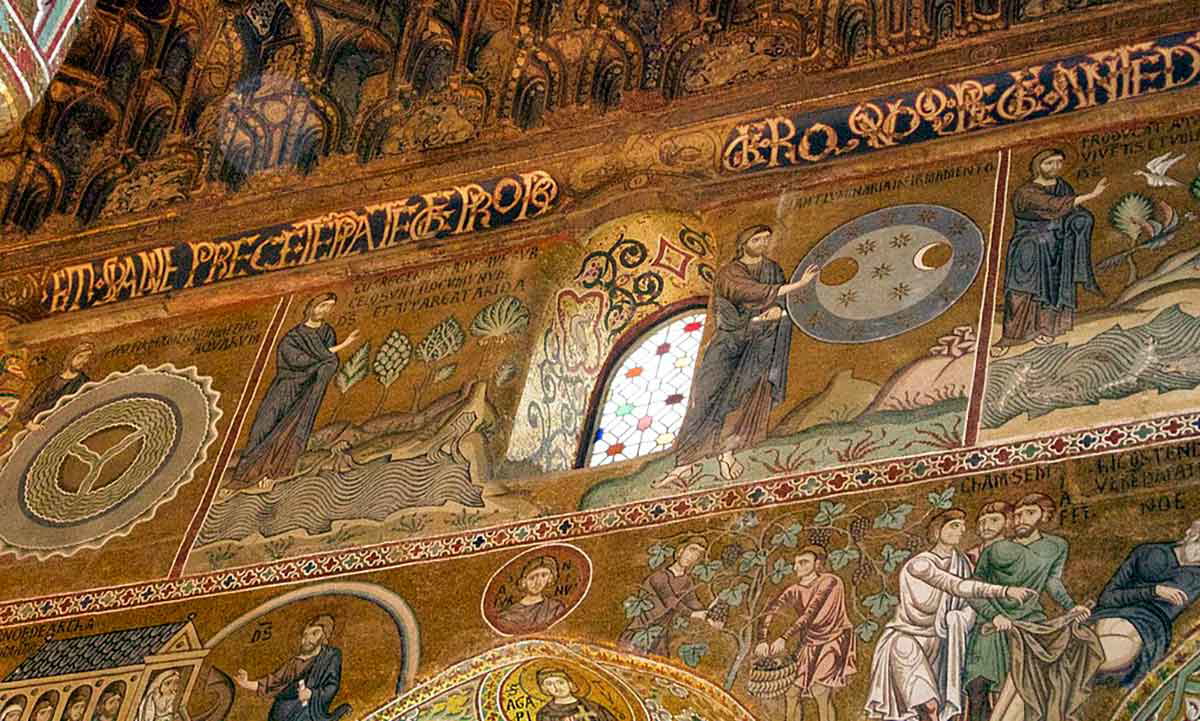
One of the primary jobs of the Church since its inception has been spiritual guidance. And due to Christianity being the primary religion in medieval Europe, there was little room for other faiths in general.
Perhaps the biggest form of spiritual guidance that the medieval Church offered was an understanding of being—how people lived where they did, and why they had been put on this Earth to serve God.
Teachings about the afterlife, about Creation, and about salvation through accepting Jesus Christ as the Savior of mankind were key themes in the medieval Church.
People understood that God created the Earth in seven days, that he saved mankind from sin through the Great Flood, and that Noah’s Ark preserved animal and plant species, and represented a new start for mankind.
Religion in the Middle Ages helped to guide people morally and provided a sanctuary where their questions could be answered before science took over. The Church provided answers to these key questions where science could not, and people would turn to the Church in their time of need.
Major Life Events and Religion in the Medieval World
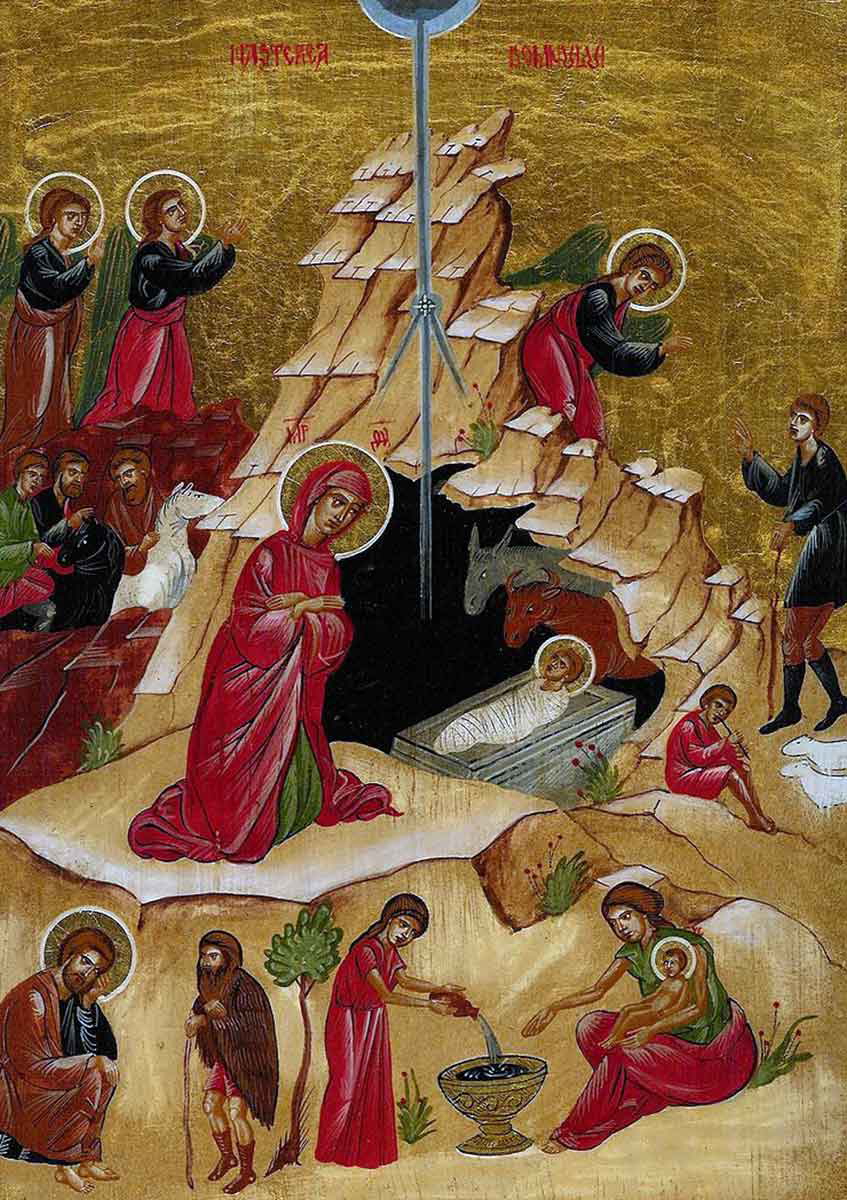
While most births, marriages, and deaths today in Europe are secular, in the medieval world, the Church was in charge of these notable life events.
Traditional religious values were enforced through rituals and ceremonies held at these key life events, such as the birth of a child or the baptism of a newborn. These life events held major religious significance, harking back to the birth of Jesus himself or to John the Baptist in the Bible.
Marriages, while for the most part strategic, particularly when European royalty was involved, were still another religious celebration. The union of man and wife is a key aspect of the Bible, while any children who were born out of wedlock were ostracized and looked down upon.
This was the same even for royalty, where in medieval England, kings who fathered bastard children would often name them “Fitz” as a prefix to their name. As such, the illegitimate children would not be in line for the throne.
Deaths were another major event that the Church presided over; even monarchs were read the “Last Rites” on their deathbeds. Being reunited with God and Jesus in Heaven was the key message from the Church.
As such, the Church took control of a medieval person’s life from the moment they were born until the moment they died.
Religious Tolerance and Persecution in the Middle Ages
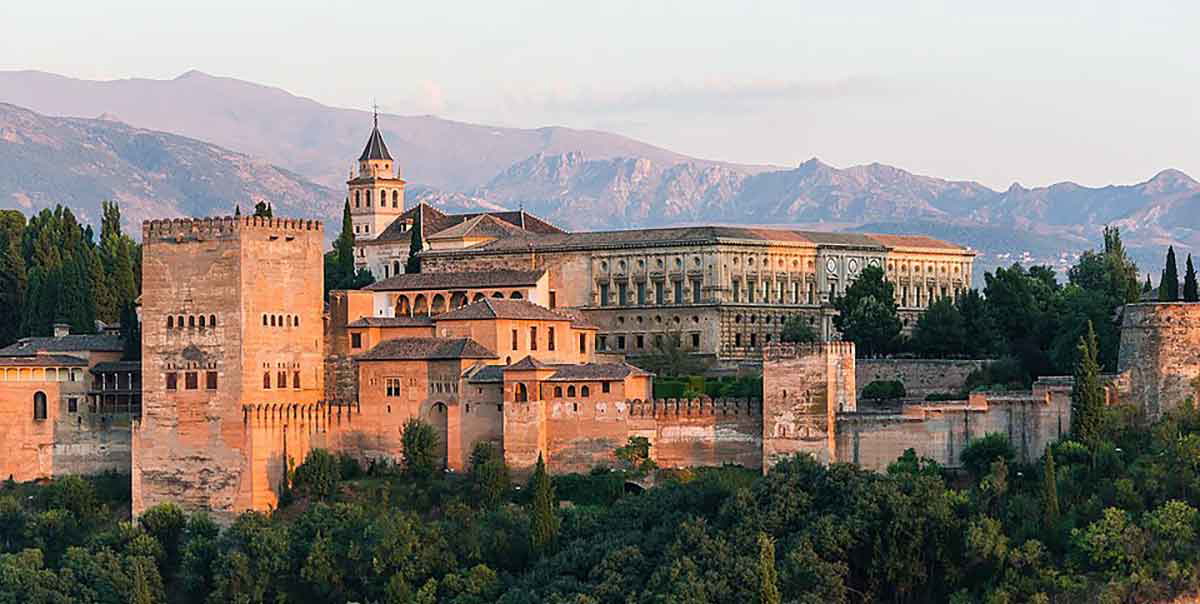
Generalizing Europe as predominantly Christian in the Middle Ages is fine, but it is also important to remember that other faiths existed, so how were they treated in medieval Europe?
A notable example is Judaism. Jews had lived throughout Europe for centuries, with strong concentrations in France, Portugal, Spain, Germany, and England throughout the Middle Ages.
In times of peace, Jews were generally treated fairly well, although in times of turmoil, things were completely different. In 1290, Edward I expelled the Jews from England, and the Crown took their possessions into its own hands. Jews were also blamed for the Black Death throughout Europe in the mid-14th century, and the Church did very little to protect them.
Similarly, Islam also existed in medieval Europe in the Iberian Peninsula. Some of the most unique Spanish buildings hark back to the country’s Islamic age, like the Alhambra Palace in Granada.
Seville was a unique city where Muslims, Jews, and Christians co-existed for many centuries together, but again, during times of turmoil, Muslims were expelled from Spain along with the Jews, bringing an end to over 700 years of Islamic rule in the country.
To say that religious tolerance existed is right to an extent, because in times of peace, it did. But in times of turmoil, it was completely different, and the Church often looked for a scapegoat.
Medieval Religion: In Conclusion

In conclusion, religion shaped everyday life in the Middle Ages to the most precise degree. From the moment a person was born until the moment they died, they were essentially the property of the Church.
While this may sound daunting, people then knew no better. Science could not provide them with the answers that they needed, but the Church could.
It is unfair to assume that people were oppressed by religion in the Middle Ages, because it was all that they knew.
